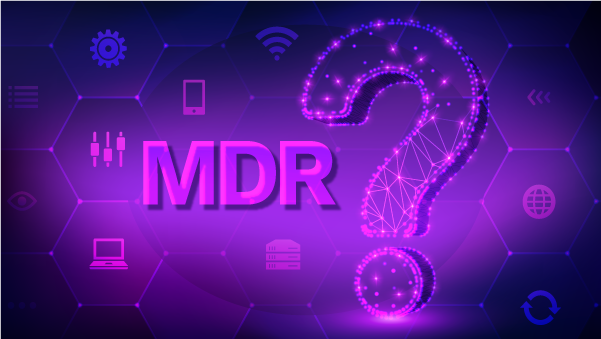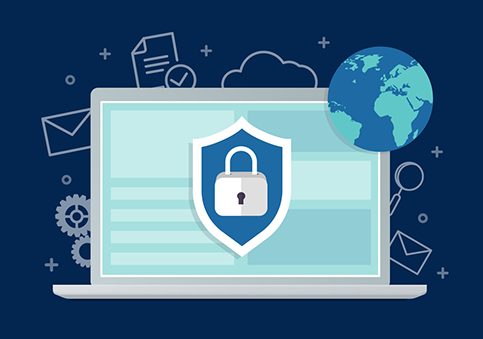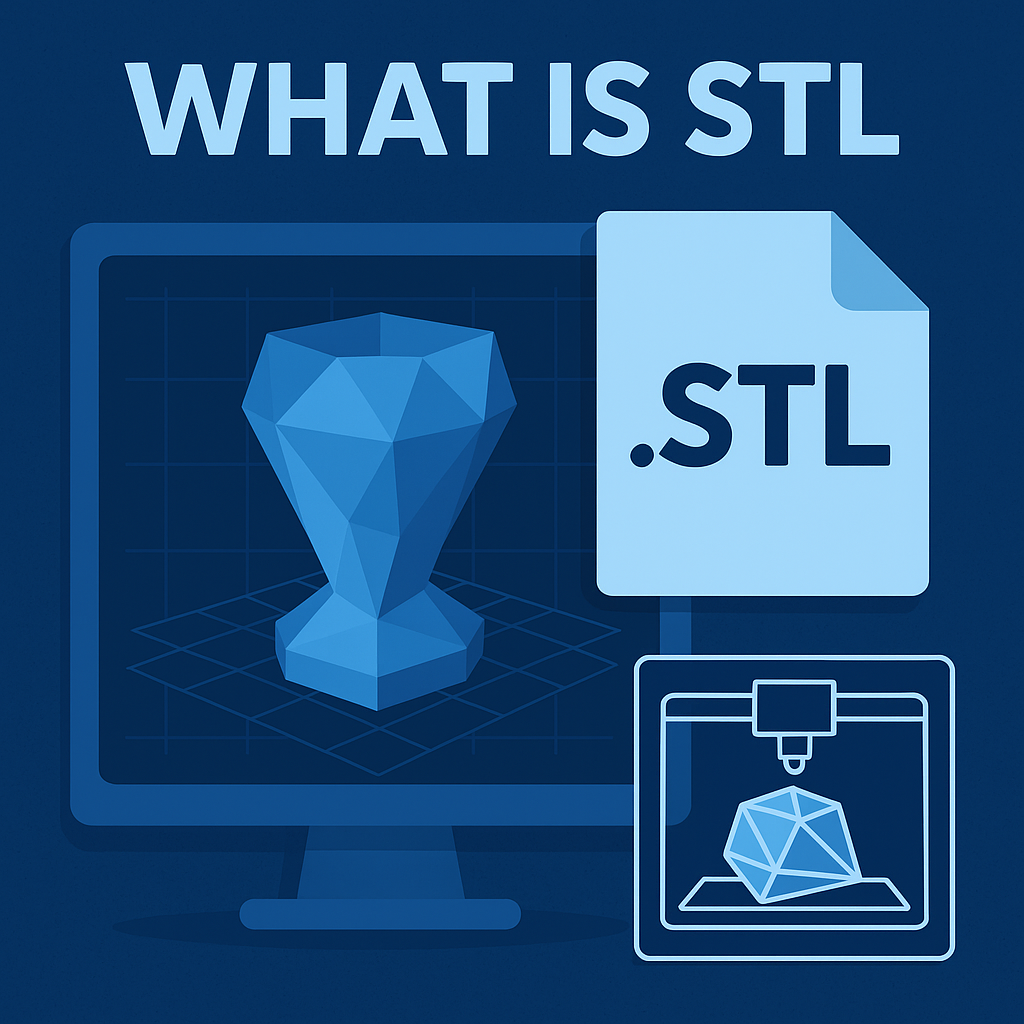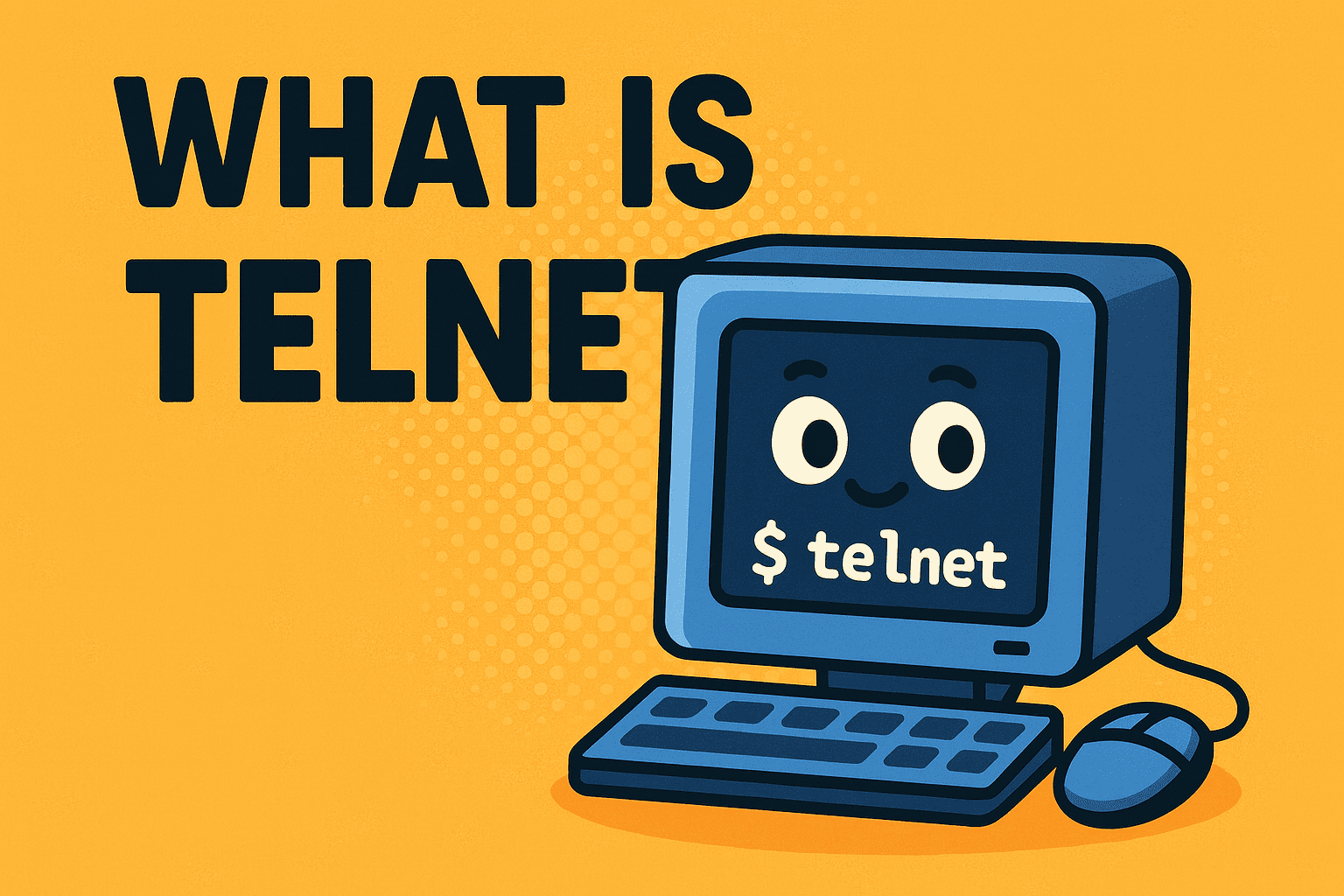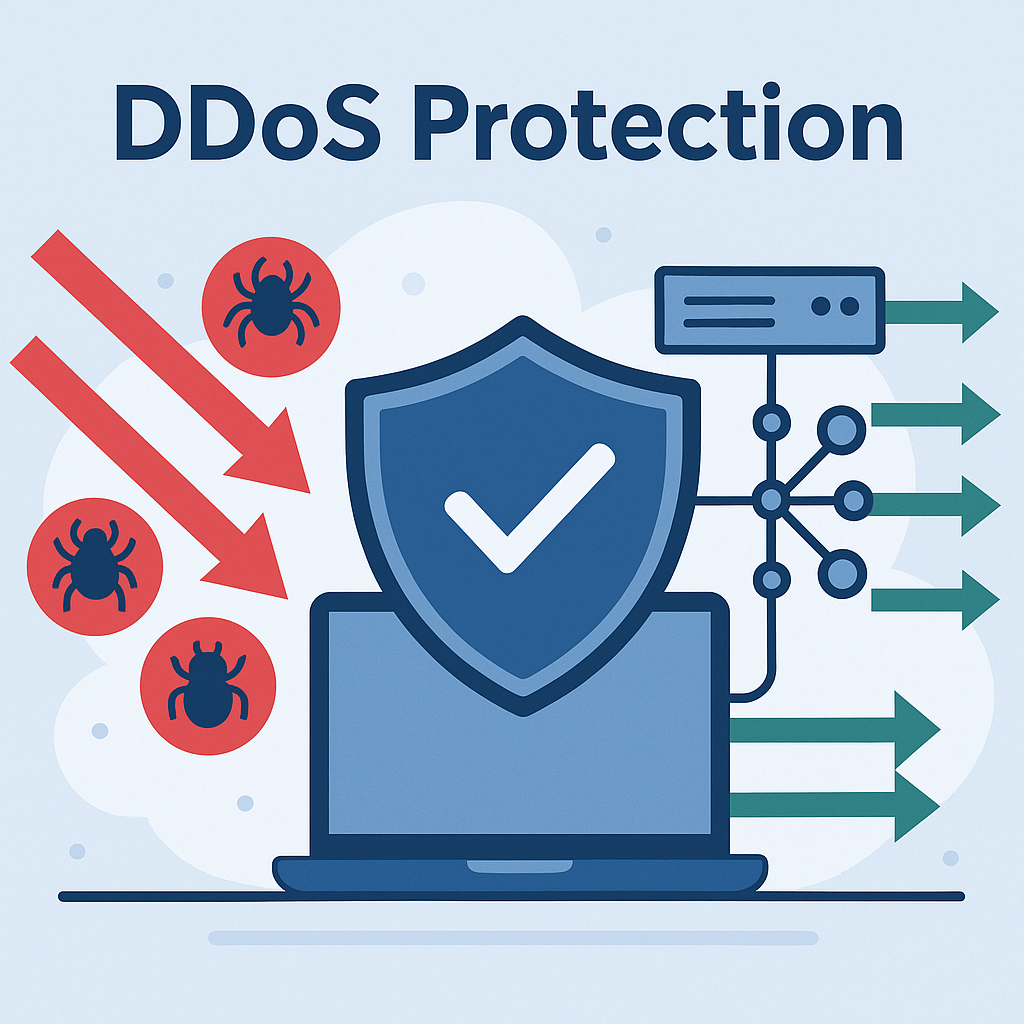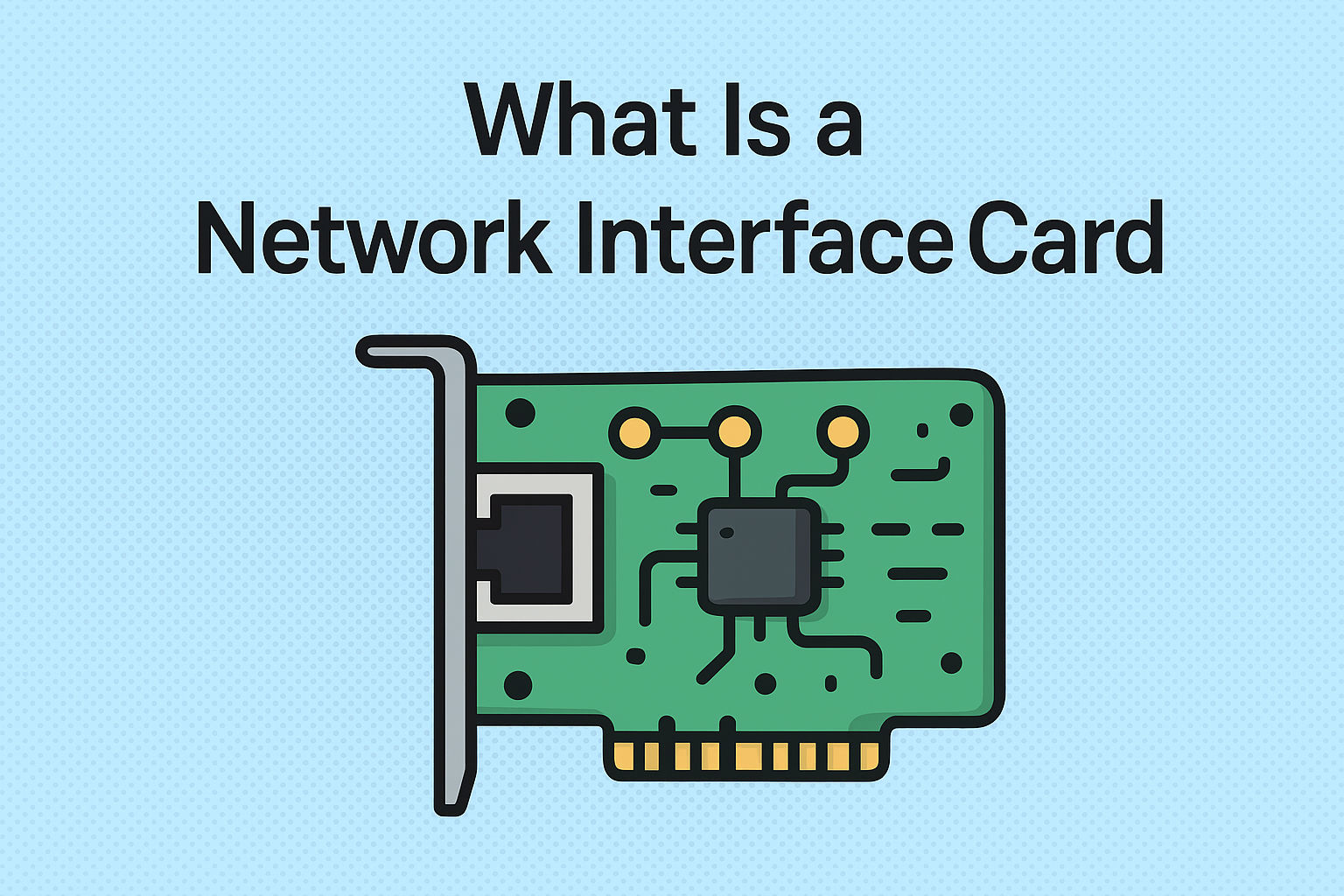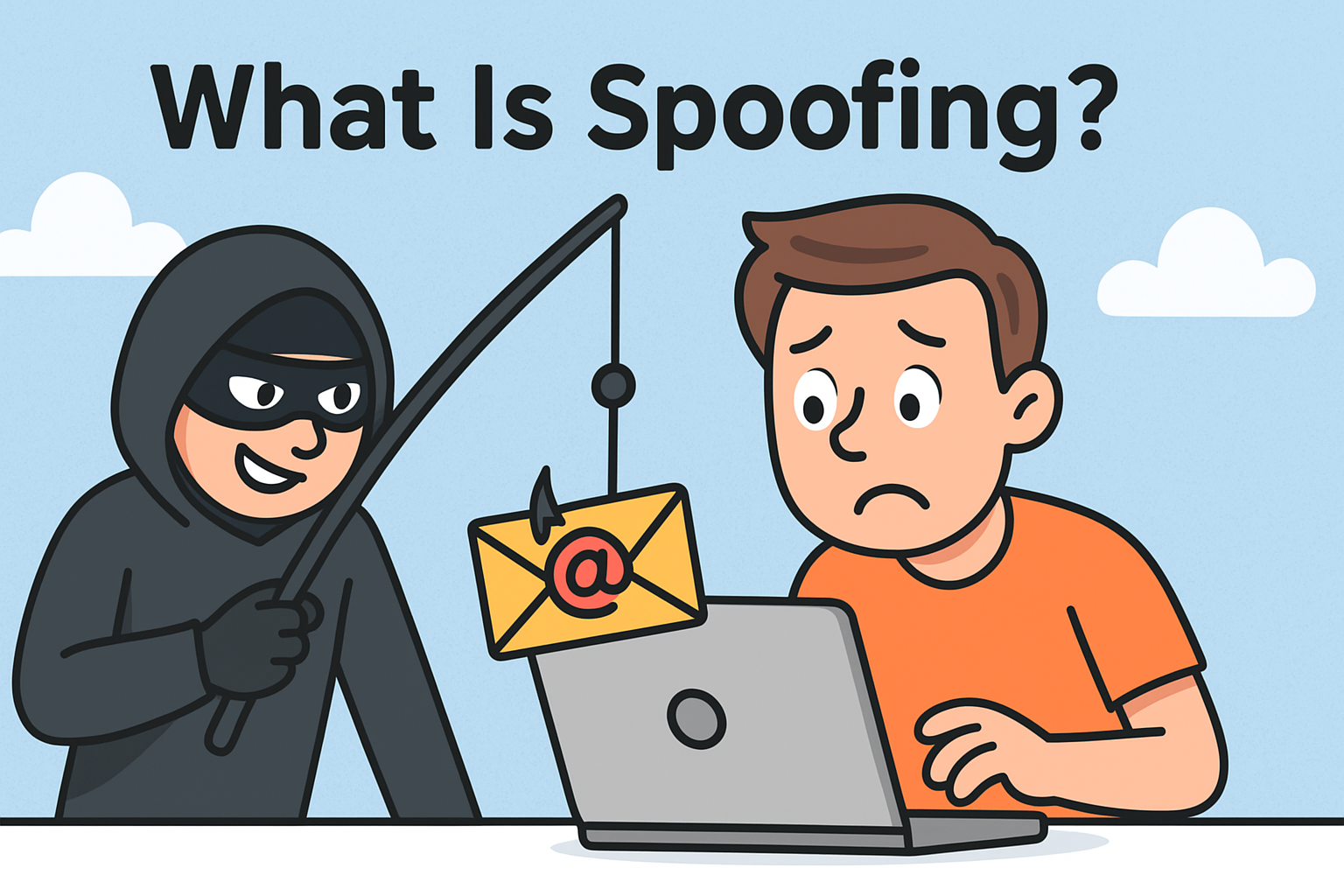What Is a SIEM Tool? Everything You Need to Know in 2025
Updated on October 29, 2025, by Xcitium
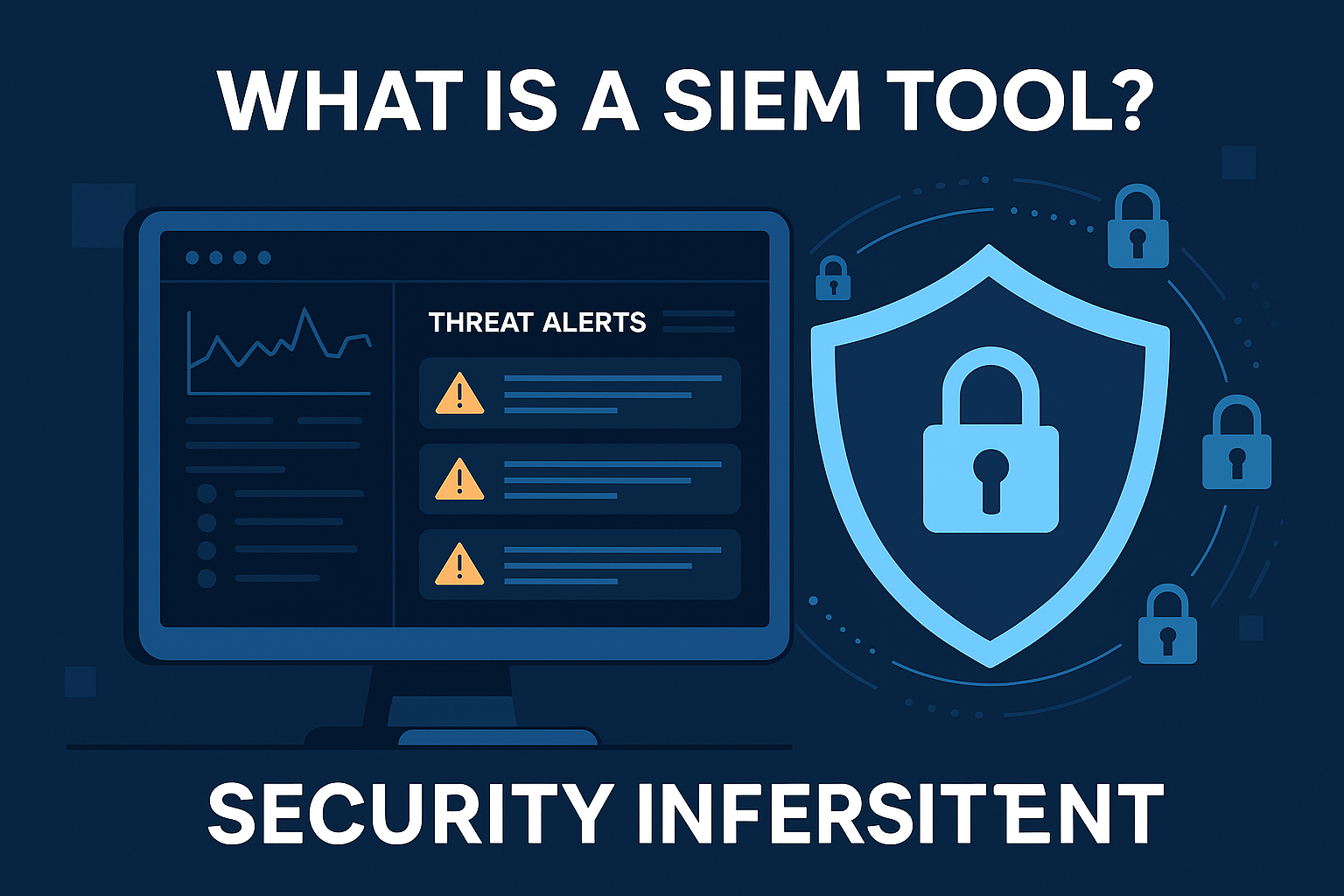
Cybersecurity attacks are growing more advanced every year. Organizations now face the challenge of monitoring thousands of logs, detecting anomalies, and responding to threats in real time. That’s where SIEM tools come in.
If you’ve ever wondered, “What is a SIEM tool and why does my business need one?” — this guide explains everything you need to know.
What Is a SIEM Tool?
A SIEM tool (Security Information and Event Management) is a centralized software solution that collects, analyzes, and correlates security data from various systems across your network.
In simpler terms, SIEM helps organizations detect, investigate, and respond to cybersecurity incidents in real time by combining two major functions:
-
Security Information Management (SIM) – Collects and stores log data for long-term analysis.
-
Security Event Management (SEM) – Monitors events in real time to identify suspicious activities.
When combined, these features offer powerful visibility into an organization’s security landscape.
Why Is a SIEM Tool Important?
Without SIEM, security teams struggle to monitor events across multiple systems — like firewalls, servers, endpoints, and cloud services.
Here’s why SIEM tools are essential:
-
Centralized Visibility: Aggregate data from multiple sources into one dashboard.
-
Threat Detection: Identify potential breaches or anomalies in real time.
-
Regulatory Compliance: Help meet standards like GDPR, HIPAA, and PCI DSS.
-
Incident Response: Automate alerts and speed up forensic investigations.
-
Reduced Risk: Minimize damage by detecting attacks early.
Simply put, a SIEM tool is the nerve center of cybersecurity operations.
How Does a SIEM Tool Work?
SIEM operates in several key steps:
1. Data Collection
The SIEM system gathers logs and data from diverse sources — firewalls, servers, antivirus software, and cloud platforms.
2. Normalization
It standardizes log data into a consistent format, making it easier to analyze across systems.
3. Correlation
The SIEM tool correlates data to identify relationships between seemingly unrelated events — for instance, multiple failed login attempts followed by a successful one might signal a brute-force attack.
4. Alerting
Once a threat is detected, the SIEM generates alerts to notify security analysts or trigger automated responses.
5. Reporting & Forensics
SIEM tools generate detailed compliance and incident reports, aiding investigations and audits.
Top Benefits of Using a SIEM Tool
Implementing a SIEM platform can transform how your organization handles cybersecurity.
1. Real-Time Threat Detection
Identify and respond to potential security incidents before they escalate.
2. Improved Compliance
Simplify adherence to regulations like SOX, HIPAA, GDPR, and ISO 27001 by maintaining accurate logs and reports.
3. Faster Incident Response
With automated alerts and correlation, teams can act faster and contain attacks more effectively.
4. Comprehensive Visibility
Monitor endpoints, networks, and cloud assets all in one place.
5. Scalability
Modern SIEM systems like Xcitium OpenEDR are cloud-based, scalable, and easily integrate with other security tools.
Use Cases of SIEM Tools
SIEM solutions are widely used across industries for:
-
Threat Detection & Response – Identifying insider threats, malware, or data exfiltration.
-
Compliance Management – Automating audit trails and compliance reports.
-
User Behavior Analytics (UBA) – Detecting abnormal activity patterns.
-
Cloud Security Monitoring – Tracking multi-cloud environments in real time.
-
Incident Investigation – Tracing the root cause of breaches and attacks.
Key Features to Look for in a SIEM Tool
When choosing the right SIEM tool for your organization, look for these essential features:
-
Real-time monitoring and alerting
-
Log aggregation and correlation
-
Machine learning for threat detection
-
Automated incident response
-
Compliance reporting templates
-
Integration with SOAR and EDR solutions
-
Scalability and cloud compatibility
Best SIEM Tools in 2025
Here are some of the most popular and effective SIEM platforms available today:
| SIEM Tool | Key Strengths |
|---|---|
| Xcitium OpenEDR | Unified endpoint protection and real-time detection |
| Splunk Enterprise Security | Robust analytics and cloud scalability |
| IBM QRadar | Advanced AI-driven threat detection |
| LogRhythm | Simplified log management and automation |
| Microsoft Sentinel | Cloud-native SIEM integrated with Azure services |
How to Implement a SIEM Tool Successfully
-
Define Security Objectives: Identify what you want to monitor (e.g., endpoints, cloud assets).
-
Collect Data Sources: Integrate logs from all critical systems.
-
Tune Correlation Rules: Filter out false positives for more accurate alerts.
-
Train Your Team: Ensure your SOC team understands how to interpret and respond to alerts.
-
Continuously Optimize: Regularly update rules and integrations as new threats emerge.
Common Challenges with SIEM Implementation
Even with the right tool, organizations may face:
-
High volume of alerts (alert fatigue)
-
Complex setup and configuration
-
Skill gaps in interpreting data
-
Costs for scaling and data storage
To overcome these, businesses often use Managed SIEM Services — where cybersecurity experts manage and fine-tune the SIEM environment.
SIEM and the Future of Cybersecurity
As threats become more sophisticated, the next generation of SIEM tools is integrating:
-
AI and Machine Learning for predictive analytics.
-
Automation and Orchestration (SOAR) for faster incident responses.
-
Cloud-native architectures for scalability and flexibility.
Platforms like Xcitium OpenEDR represent the evolution of SIEM — combining prevention, detection, and response in a unified solution.
Conclusion
A SIEM tool is no longer optional — it’s a necessity for modern cybersecurity operations. Whether you’re a small business or a global enterprise, implementing a robust SIEM solution enhances visibility, accelerates response, and safeguards your digital infrastructure.
Ready to secure your enterprise with real-time threat intelligence?
👉 Register for OpenEDR and experience advanced SIEM-driven security today.
FAQs About SIEM Tools
1. What is a SIEM tool used for?
A SIEM tool collects, analyzes, and correlates security data to detect and respond to threats in real time.
2. What are examples of SIEM tools?
Popular SIEM tools include Xcitium OpenEDR, Splunk, IBM QRadar, and Microsoft Sentinel.
3. How does a SIEM improve cybersecurity?
It provides centralized visibility, automated alerts, and forensic insights to prevent and mitigate cyber attacks.
4. What’s the difference between SIEM and SOAR?
SIEM focuses on detection and monitoring, while SOAR automates response and remediation actions.
5. Is a SIEM tool suitable for small businesses?
Yes. Cloud-based SIEM solutions like OpenEDR offer scalable and affordable options for businesses of all sizes.


